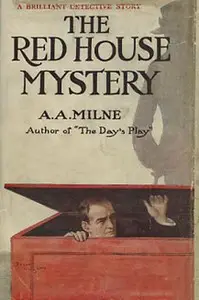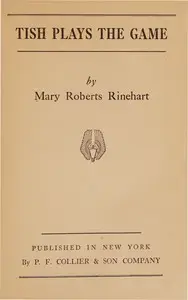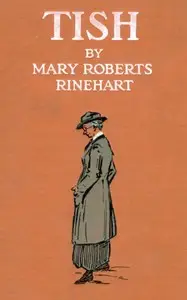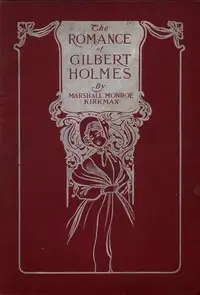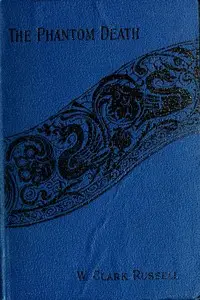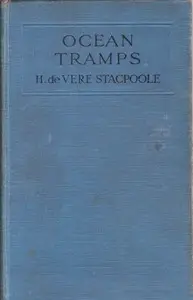"The After House" by Mary Roberts Rinehart is a mystery novel set in the early 1900s, where a young medical graduate named Leslie, recovering from a severe illness, seeks adventure on the yacht Ella but finds himself entangled in a dangerous plot involving the ship's crew. As Leslie finds his way on the transformed vessel, once a coasting-vessel, he becomes a deck-steward, interacting with the intriguing Miss Lee and sensing a rising conflict among the crew, with each interaction pushing him further into unforeseen chaos. Ominous events gradually unfold, stirring up suspicion and peril on board, hinting at darker ambitions and emotions until the tragic culmination that changes everything.

The After House
By Mary Roberts Rinehart
A young man seeking recovery and adventure aboard a yacht instead finds himself immersed in a web of secrets, danger, and deadly intentions lurking among the crew.
Summary
About the AuthorMary Roberts Rinehart was an American writer, often called the American Agatha Christie. Rinehart published her first mystery novel The Circular Staircase in 1908, which introduced the "had I but known" narrative style. Rinehart is also considered the earliest known source of the phrase "the butler did it", in her novel The Door (1930), although the exact phrase does not appear in her work and the plot device had been used prior to that time. She also worked to tell the stories and experiences of front line soldiers during World War I, one of the first women to travel to the Belgian front lines.
Mary Roberts Rinehart was an American writer, often called the American Agatha Christie. Rinehart published her first mystery novel The Circular Staircase in 1908, which introduced the "had I but known" narrative style. Rinehart is also considered the earliest known source of the phrase "the butler did it", in her novel The Door (1930), although the exact phrase does not appear in her work and the plot device had been used prior to that time. She also worked to tell the stories and experiences of front line soldiers during World War I, one of the first women to travel to the Belgian front lines.




